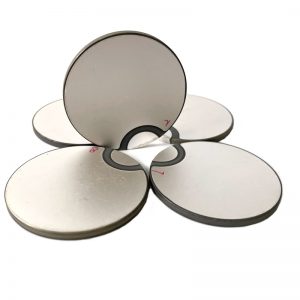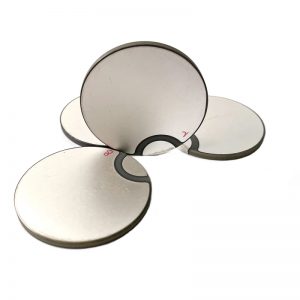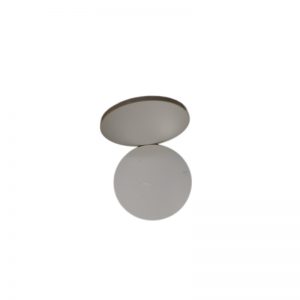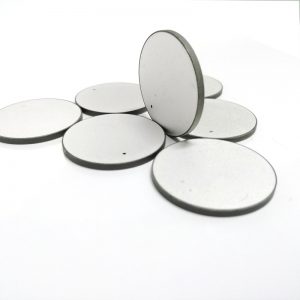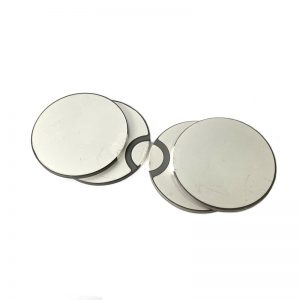 The working principle of piezoelectric ceramic sheets is based on the piezoelectric effect corresponding to the pressure. When an electric ceramic sheet is subjected to external mechanical forces, it will undergo deformation, causing the movement of internal charges and generating electrical energy. On the contrary, when a voltage is applied on both sides of a piezoelectric ceramic sheet, it produces mechanical deformation, thereby outputting mechanical energy. The process of converting mechanical energy into electrical energy or converting electrical energy into mechanical energy is reversible, so piezoelectric ceramic sheets can be used to manufacture various acoustic and vibration devices.
The working principle of piezoelectric ceramic sheets is based on the piezoelectric effect corresponding to the pressure. When an electric ceramic sheet is subjected to external mechanical forces, it will undergo deformation, causing the movement of internal charges and generating electrical energy. On the contrary, when a voltage is applied on both sides of a piezoelectric ceramic sheet, it produces mechanical deformation, thereby outputting mechanical energy. The process of converting mechanical energy into electrical energy or converting electrical energy into mechanical energy is reversible, so piezoelectric ceramic sheets can be used to manufacture various acoustic and vibration devices.
| Specification | Dimension (Mm) |
Radial frequency (Khz) |
Capacitance (±12.5%) Pf |
Dielectric dissipation factortanδ (%) |
Impedance (Ω) |
Electromechanical coupling coefficientKr | Mechanical quality factor (Qm) |
| PLS-QXJP3030 | Φ30×3.0 | 66.7 | 2730 | ≤0.3 | ≤15 | ≥0.55 | 500 |
| PLS-QXJP3530 | Φ35×3.0 | 63 | 3100 | ≤0.3 | ≤15 | ≥0.55 | 500 |
| PLS-QXJP3865 | Φ38×6.5 | 59.9 | 1580 | ≤0.3 | ≤15 | ≥0.55 | 500 |
| PLS-QXJP4530 | Φ45×3.0 | 50 | 5100 | ≤0.3 | ≤15 | ≥0.55 | 500 |
| PLS-QXJP4535 | Φ45×3.5 | 50 | 4700 | ≤0.3 | ≤15 | ≥0.55 | 500 |
| PLS-QXJP5030 | Φ50×3.0 | 46 | 5800 | ≤0.3 | ≤15 | ≥0.55 | 500 |
| PLS-QXJP5035 | Φ50×3.5 | 46 | 6300 | ≤0.3 | ≤15 | ≥0.55 | 500 |
| PLS-QXJP5050 | Φ50×5.0 | 46 | 4150 | ≤0.3 | ≤15 | ≥0.55 | 500 |
 Transduser ultrasonik,Generator ultrasonik,Pembersih Ultrasonik -SKSONIC
Transduser ultrasonik,Generator ultrasonik,Pembersih Ultrasonik -SKSONIC
